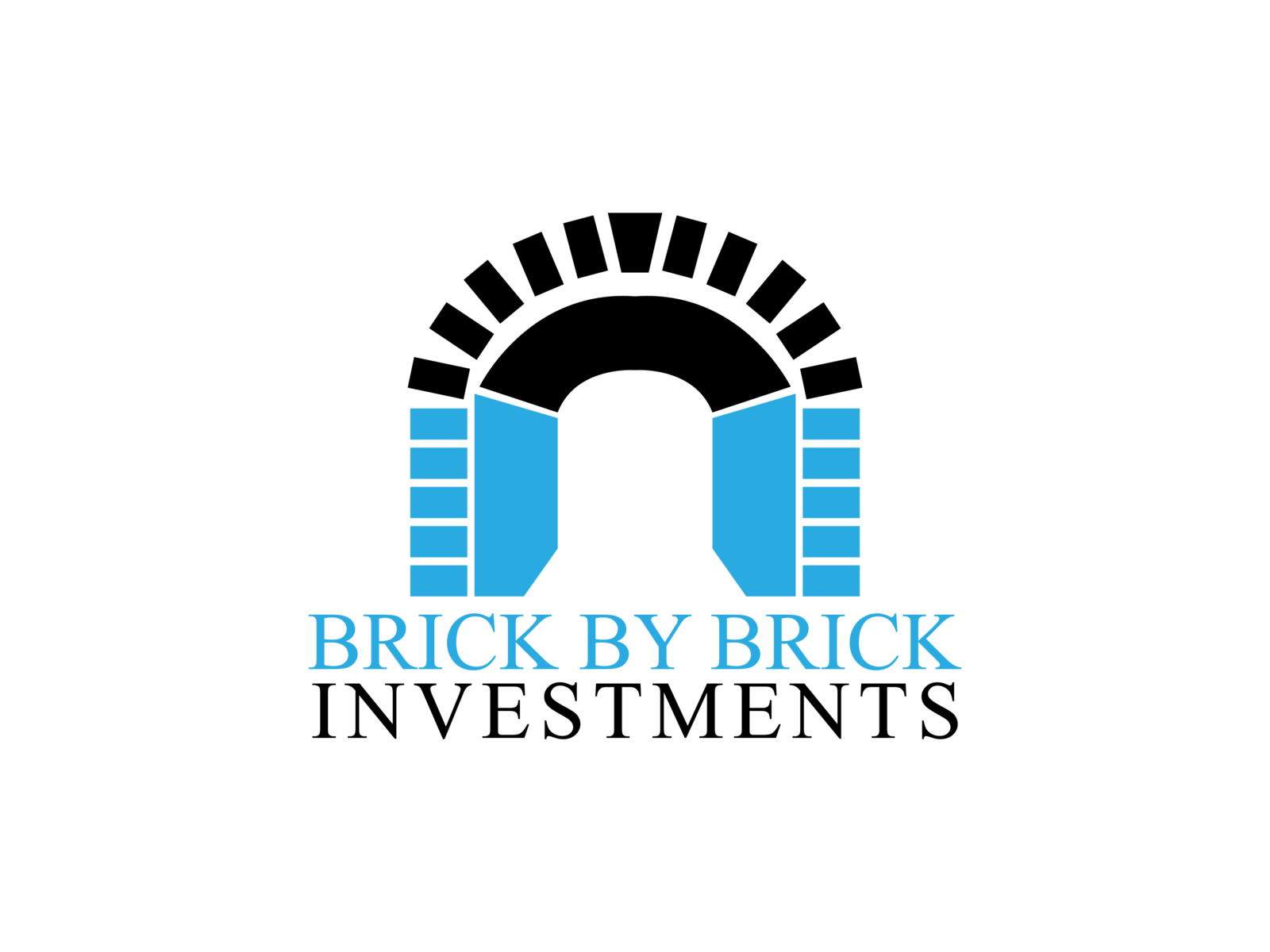Imagine stepping out of your home in Michigan and finding everything you need within a short walk—cafés, grocery stores, parks, and even your workplace. This is the reality in some of Michigan’s most walkable neighborhoods. Whether you’re a first-time homebuyer, a retiree looking to downsize, or someone seeking a vibrant community, walkability can significantly enhance your living experience.
In this guide, we’ll explore Michigan’s top walkable neighborhoods, delve into local housing programs like MI Home Loan and MSHDA Assistance, and provide practical tips tailored to Michigan’s unique climate and lifestyle.
Table of Contents
- Why Walkability Matters in Michigan
- Top Walkable Neighborhoods Across Michigan
- Michigan Housing Programs Supporting Walkable Living
- Seasonal Considerations for Walkable Neighborhoods
- Local Resources for Walkable Living
- Tips & Warnings
- Conclusion
- FAQs
Why Walkability Matters in Michigan
Walkability isn’t just about convenience; it’s about quality of life. In Michigan, where winters can be harsh and summers are fleeting, living in a walkable neighborhood offers several advantages:
- Reduced Transportation Costs: With essential services nearby, you can save on gas, parking, and public transit.
- Health Benefits: Regular walking promotes physical health and mental well-being.
- Community Engagement: Walkable neighborhoods foster a sense of community and safety.
- Environmental Impact: Less reliance on cars reduces your carbon footprint.
Top Walkable Neighborhoods Across Michigan
Detroit
Detroit has undergone a remarkable transformation, with several neighborhoods becoming more pedestrian-friendly. Notable areas include:
- Downtown Detroit: A hub of activity with shops, restaurants, and cultural venues.
- Midtown: Home to Wayne State University, offering a vibrant mix of dining and entertainment.
- Corktown: Detroit’s oldest neighborhood, known for its historic charm and walkability.
Grand Rapids
Grand Rapids boasts a thriving downtown with numerous walkable neighborhoods:
- Heritage Hill: Known for its historic homes and tree-lined streets.
- Eastown: A trendy area with eclectic shops and eateries.
- Gaslight Village: Features upscale boutiques and a strong community feel.
Ann Arbor
Ann Arbor is a college town with a pedestrian-friendly atmosphere:
- Downtown Ann Arbor: Offers a plethora of dining, shopping, and cultural experiences.
- Old West Side: A historic neighborhood with charming homes and walkable streets.
- Lower Burns Park: Close to the University of Michigan campus and parks.
Lansing
Lansing’s downtown area is becoming increasingly walkable:
- Downtown Lansing: Features government buildings, restaurants, and the Lansing River Trail.
- Old Town: Known for its art galleries, boutiques, and eateries.
- The Stadium District: Home to Cooley Law School Stadium and various dining options.
Traverse City
Traverse City is a small town with big walkability:
- Downtown Traverse City: Offers a mix of shops, restaurants, and the scenic Boardman River Trail.
- Slabtown: A historic neighborhood with tree-lined streets and local businesses.
Kalamazoo
Kalamazoo’s walkable areas include:
- Central Business District: Features a variety of shops, restaurants, and cultural venues.
- Vine Neighborhood: Known for its historic homes and community events.
- Sloan Neighborhood: A residential area with easy access to downtown amenities.
Flint
Flint offers several walkable neighborhoods:
- Downtown Flint: Features the Flint Farmers Market and various dining options.
- Mott Park: A residential area with parks and local businesses.
- Flint Township: Offers shopping centers and restaurants within walking distance.
Michigan Housing Programs Supporting Walkable Living
Michigan offers several programs to assist homebuyers in walkable neighborhoods:
- MI Home Loan: Provides affordable mortgage options for first-time homebuyers.
- MSHDA Assistance: Offers down payment assistance and mortgage credit certificates.
- Detroit Down Payment Assistance: Helps eligible buyers with down payments in Detroit’s qualifying neighborhoods.
These programs aim to make homeownership more accessible in Michigan’s walkable communities.
Seasonal Considerations for Walkable Neighborhoods
Michigan’s climate can impact walkability:
- Winter: Snow and ice can make sidewalks slippery; choose neighborhoods with good snow removal services.
- Spring/Fall: Mild temperatures are ideal for walking; enjoy the changing seasons in walkable areas.
- Summer: Hot temperatures may deter walking; look for neighborhoods with shaded streets and nearby parks.
Planning your move around these seasonal factors can enhance your walking experience.
Local Resources for Walkable Living
For more information on Michigan’s walkable neighborhoods and housing programs:
- Walk Score Michigan
- Michigan State Housing Development Authority (MSHDA)
- City of Detroit Housing & Revitalization
Tips & Warnings
Do’s:
- Research the neighborhood’s Walk Score before moving.
- Visit the area at different times of day to assess safety and convenience.
- Utilize local housing programs to make homeownership more affordable.
Don’ts:
- Overlook the importance of winter maintenance in northern Michigan neighborhoods.
- Assume all amenities are within walking distance; check local maps.
- Neglect to consider the neighborhood’s accessibility to public transportation.
Conclusion
Michigan’s walkable neighborhoods offer a unique blend of convenience, community, and quality of life. By exploring areas like Detroit’s Corktown, Grand Rapids’ Heritage Hill, and Traverse City’s downtown, you can find a community that suits your lifestyle. Take advantage of local housing programs to make your move more affordable and enjoy the benefits of walkable living in Michigan.
FAQs
1. What is a Walk Score?
A Walk Score is a measure of how walkable a location is, based on the distance to nearby amenities.
2. Are there walkable neighborhoods in Michigan’s rural areas?
Yes, some small towns and rural areas have walkable communities, especially those with historic downtowns.
3. How can I find walkable neighborhoods in Michigan?
Use tools like or consult local real estate listings.
4. Do walkable neighborhoods have higher property values?
Often, yes; walkability can increase demand and property values.
5. Are there any incentives for moving to walkable neighborhoods in Michigan?
Yes, programs like MI Home Loan and MSHDA Assistance provide financial incentives for homebuyers.
